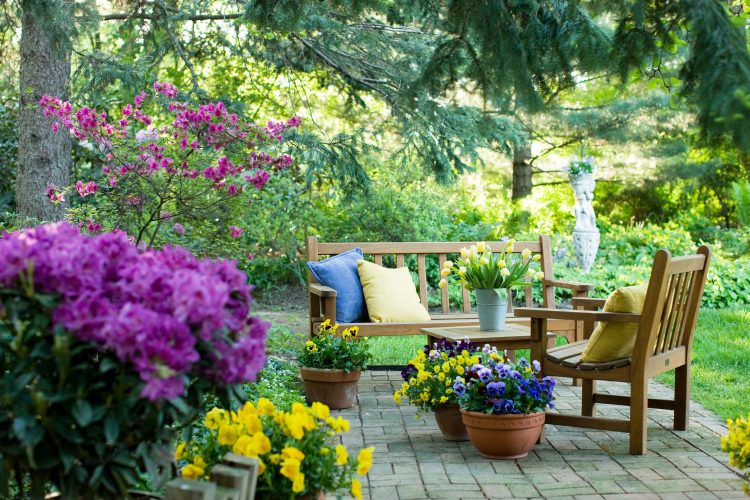The Green Thumb’s Guide to Thriving Houseplants: Tips for Success
Houseplants have seen a surge in popularity in recent years, and for good reason. Not only do they add a touch of greenery to any indoor space, but they also have numerous health benefits, such as improving air quality and reducing stress. However, for many people, keeping houseplants alive and thriving can be a challenge. If you’re looking to develop a green thumb and ensure your houseplants thrive, follow these tips for success.
Choose the Right Plants
One of the most important factors in successfully caring for houseplants is choosing the right plants for your space. Consider factors such as the amount of light your space receives, the temperature of the room, and how much time you can dedicate to caring for your plants. Some houseplants, such as succulents and snake plants, are low-maintenance and can thrive in a variety of conditions, while others, like orchids and ferns, require more specific care.
Provide Proper Lighting
Light is essential for the growth and health of houseplants. Most houseplants require bright, indirect light to thrive, so be sure to place your plants near a window where they can receive plenty of sunlight. If your space doesn’t receive much natural light, consider investing in a grow light to help your plants thrive.
Water Wisely
Watering is another crucial aspect of caring for houseplants. Overwatering is one of the most common mistakes people make when caring for houseplants, as it can lead to root rot and other issues. To avoid overwatering, check the soil moisture before watering and only water when the top inch of soil is dry. It’s also important to use a pot with drainage holes to allow excess water to escape.
Fertilize Regularly
In addition to water, houseplants also need nutrients to thrive. Fertilizing your plants regularly can help provide them with the essential nutrients they need to grow and flourish. Be sure to follow the instructions on the fertilizer package, as over-fertilizing can be harmful to your plants.
Monitor Humidity Levels
Many houseplants, especially tropical plants, thrive in humid environments. If your space has low humidity, consider using a humidifier or placing a tray of water near your plants to help increase humidity levels. You can also mist your plants with water to help keep them hydrated.
Prune and Repot as Needed
As your houseplants grow, they may need to be pruned to maintain their shape and health. Pruning can also help prevent pests and diseases from taking hold. Additionally, as your plants grow, they may outgrow their pots and need to be repotted into a larger container. Be sure to repot your plants when their roots start to outgrow their current pot.
Common Questions About Houseplants
How often should I water my houseplants?
The frequency of watering your houseplants will depend on factors such as the type of plant, the size of the pot, and the amount of light it receives. In general, it’s best to water your plants when the top inch of soil is dry.
How can I prevent pests on my houseplants?
To prevent pests on your houseplants, regularly inspect your plants for signs of pests, such as yellowing leaves or webbing. You can also use natural pest control methods, such as neem oil or insecticidal soap, to help keep pests at bay.
What are the best houseplants for beginners?
Some of the best houseplants for beginners include pothos, spider plants, and peace lilies. These plants are low-maintenance and can thrive in a variety of conditions, making them perfect for those new to caring for houseplants.
Conclusion
Caring for houseplants can be a rewarding and fulfilling experience, but it does require time, patience, and knowledge. By following these tips for success, you can develop a green thumb and ensure your houseplants thrive. Remember to choose the right plants for your space, provide proper lighting and water, fertilize regularly, monitor humidity levels, and prune and repot as needed. With a little care and attention, your houseplants will flourish and bring beauty and life to your indoor space.
Remember, every plant is different, so it’s essential to do your research and understand the specific needs of each plant you bring into your home. With a little bit of effort and the right knowledge, you can create a thriving indoor garden that will bring joy and beauty to your space for years to come.




















































